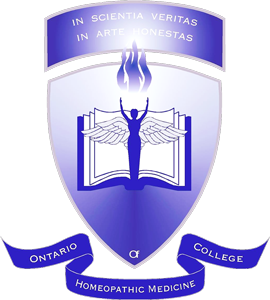
Tree Remedies in Homeopathy
We are very excited to be hosting the dynamic and brilliant Dr. Jonathan Hardy to present the Tree Remedies in a two-day lecture series.
There are a few tree remedies that are well known, but most homeopaths are unfamiliar with the themes and patterns that allow us to find less familiar remedies from this large and useful plant family. As some of the oldest plants on the planet as well as, arguably, among the most useful ones, the tree family clearly holds qualities and sensations that are deeply connected to humanity and are well deserving of close study.
Trees are not a distinct taxonomic group, but plants that have evolved a woody trunk as a way to tower above other plants and make full use of the sunlight. Trees provide shade, shelter and timber for construction and oxygen for us to breathe. They have been the material of shelter and tools for all humans on this planet.
Crucially, in our present time trees play a fundamental role in the carbon cycle. There are many sacred associations between trees and human culture and are deeply connected to many sacred and spiritual practices.
It is most timely for us to study trees from a homeopathic perspective. In this series we will explore the main themes in trees and compare different tree families through case studies.
“Tree people” can feel a great sense of isolation and disconnection, with a corresponding desire for connection. There can be feelings of emptiness, fragility and hollowness (the inner core of a tree’s trunk is dead), with an urge to relieve this sensation through over-eating and other behaviours. At a sensation level tree people may feel ungrounded, without roots and even unstable. They feel the need to draw sustenance from the ground and desire to stretch their limbs and open up to the air and sun.
Cases will include an examination of the Conifers: Pseudotsuga menziesii (Douglas Fir), Agathis australis (Kauri Tree) , Ginkgo biloba (Maidenhair Tree) and Thuja occidentalis (White cedar); the Euphorbs: Hura brasiliensis (Assaku), Hevea brasiliensis (Rubber Tree) and Mancinella (Manganeel Apple); the Citrus Angustura vera; the Rose family: Prunus Cerasus (Cherry Plum), the Hamamelid Fagus sylvatica (Beech); trees of the desert such as the Cacti Carnegia gigantea (Saguaro) and Opuntia vulgaris (Prickly Pear), Succinum (Amber – fossilized resin), Anacardium orientale, as well and tree remedies from other plant families. In most cases we will use Rajan Sankaran’s sensation method as part of the case analysis and show how helpful this can be when combined with traditional methods of analysis in leading to deep acting and reliable prescriptions.
TO REGISTER: OCHM.CA/LECTURES-TREES

Recent Comments